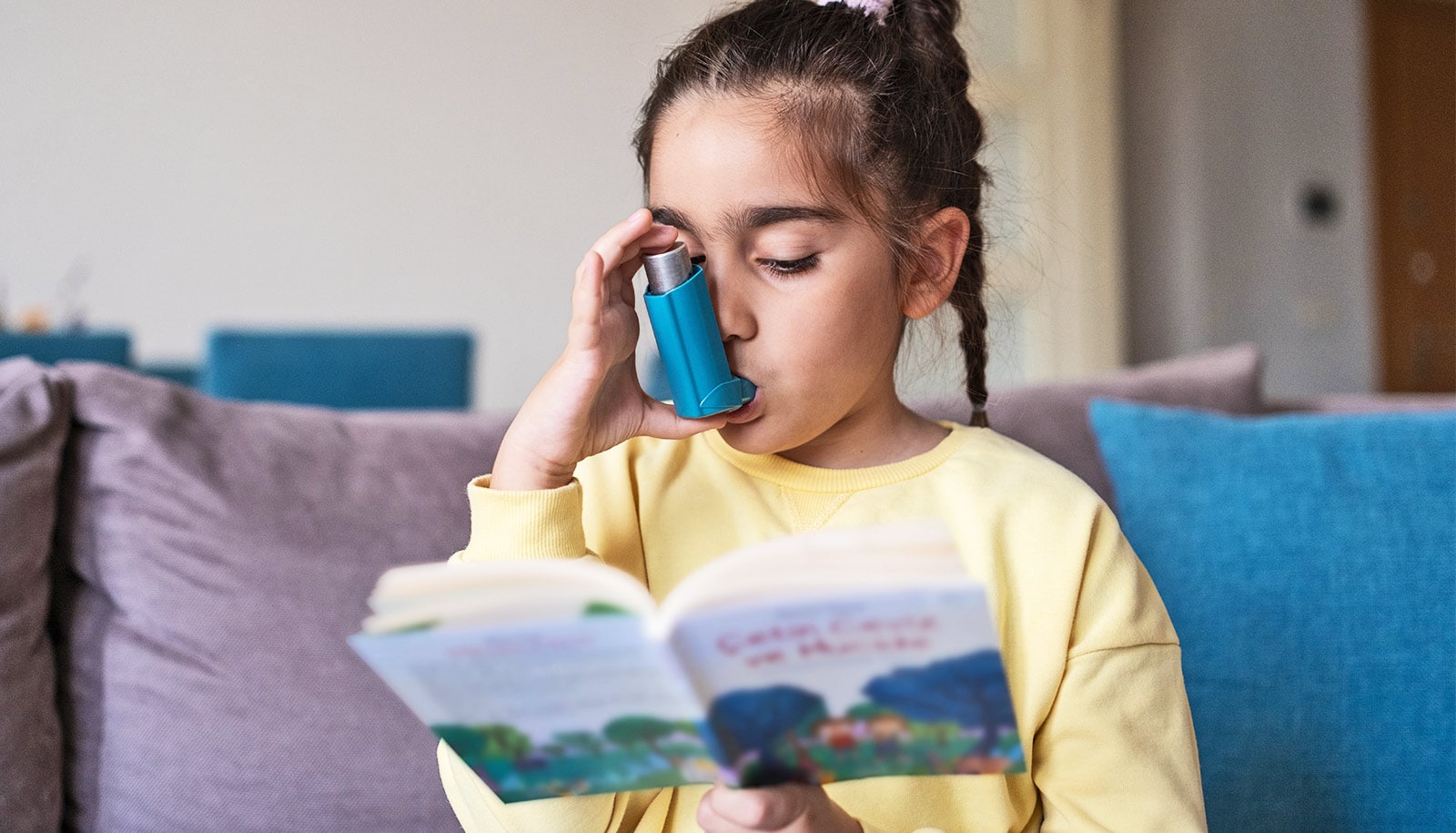While many educators, counselors, and social workers are working to improve practices to identify children who need help through risk assessments such as mental health screenings, there is a high degree of variance between teacher reports when using these screenings, a new study indicates.
“If we can get input from several different sources…involved in a young person’s life we may have a better understanding of their overall needs and resources.”
Creating a more holistic view of a student’s behavior may be the key to identifying more children who need additional support, says study author Melissa Maras, a research consultant at the University of Missouri Assessment Resource Center.
“For many children, one risk assessment completed by a single teacher on any given day may not provide enough insight as to whether or not a child needs additional mental health supports,” says Melissa Maras, a research consultant at the University of Missouri Assessment Resource Center.
“But if we can get input from several different sources, such as teachers, counselors, parents, and other adults involved in a young person’s life, we may have a better understanding of their overall needs and resources.”
Maras says that building the capacity of schools’ mental health programs and investigating the accuracy of screening processes is crucial because many states depend heavily on schools to meet the mental health needs of students.
For example, the ratio of school-employed mental health professionals to students in Missouri presents significant challenges. The ideal ratio is 1 social worker for every 250 students; the ratio for the 2016-2017 school year was 1 social worker for every 2,065 students.
Statewide data show that Missouri also does not meet the recommended student-to-professional ratio for school counselors or school psychologists.
The Missouri Department of Mental Health reports that more than 80 percent of the 97,000 young Missourians who needed treatment for serious mental health problems in 2015 did not receive public mental health support.
Juvenile justice system may miss mental health issues
Data from three different risk assessments were collected from three samples of elementary schools in different states. The findings show that as much as 20 percent of the variance in universal risk assessments is due to teacher and classroom factors rather than student-level differences.
Teacher factors include possible biases and personality differences. Classroom factors include how students are grouped in classrooms and the number of students with greater academic, behavioral, and social-emotional needs.
“More research on best practices for identifying children with mental health needs must be done,” Maras says. “While it’s important to look further into what teacher and classroom factors are causing these discrepancies, it’s equally as valuable to devote time to honing multi-faceted ways to identify young people in need.”
Schools might be able to strengthen current identification practices by supplementing assessments with other data, such as a student’s discipline referrals, attendance, and academic performance over time, Maras suggests.
Surveys may misdiagnose depression in kids
“Strengthening school mental health programs to be as effective and efficient as possible increases the likelihood that young people will get the additional mental health supports they need to be successful,” she says.
The findings are published in Advances in School Mental Health Promotion.
Additional coauthors of the study are from the University of Florida and Miami University.
Source: University of Missouri



